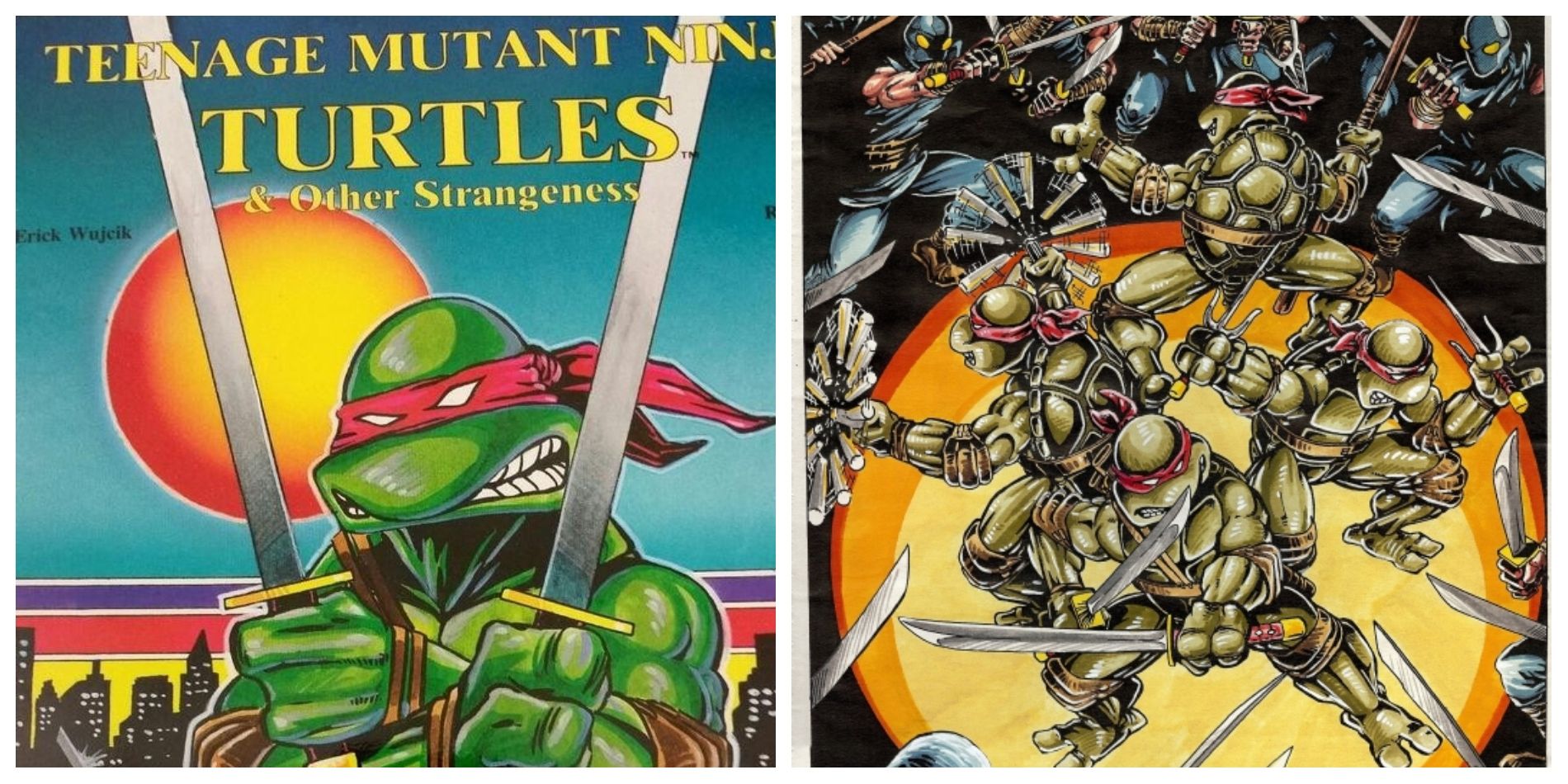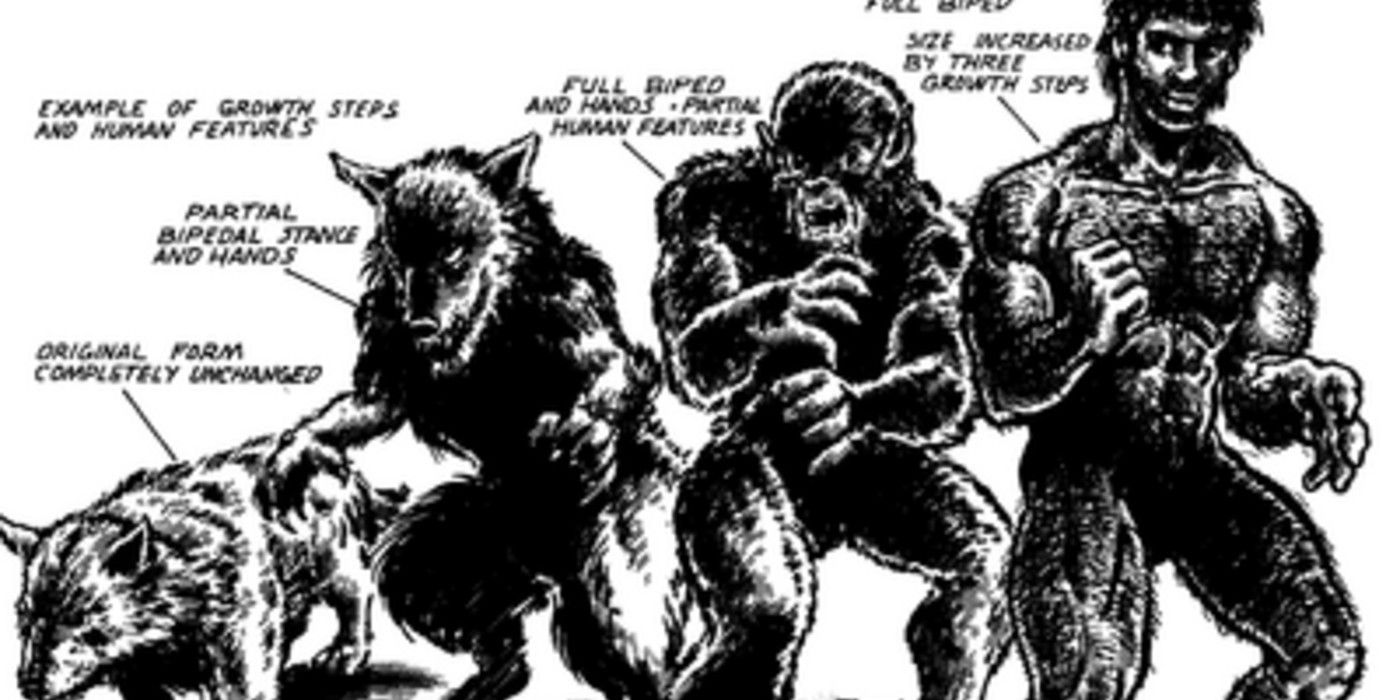A tabletop RPG based on the Teenage Mutant Ninja Turtles was published in 1985, the year after the mutant foursome made their debut in comics. That game was Teenage Mutant Ninja Turtles & Other Strangeness from RPG publisher Palladium Books. The “Other Strangeness” part of the title was well-earned, though not for the reasons fans might have expected. The game included an alignment system with a significant focus on torture, a complex trauma system that dealt with sexuality and drug addiction, and character creation rules in which nearly every element was randomized, leading to some characters who are well-funded and educated government super-soldiers, and others that are wild animals with random mutations.
The TMNT RPG preceded the popular 1987 children’s cartoon series, as well as the 1990 live-action film. The game was among the earliest RPGs from Palladium, a roleplaying game publisher that would later become best known for Rifts. Palladium's games had earlier used largely shared mechanics, a Palladium house system later dubbed the Megaversal system, which functioned similarly to Advanced Dungeons & Dragons, with "roll high" d20 rolls for attacks and saving throws, and a "roll low" percentile system for skills, as with D&D Thief skills in AD&D.
The alignment charts and trauma rules were also shared among these Palladium games, with some tweaks made over the course of later revisions to the rules. The TMNT RPG alignment chart noted that Principled and Scrupulous “good-aligned” characters would never resort to torture but detailed the circumstances under which the “selfish and evil” aligned characters would, and which alignments would torture for pleasure. The RPG version of TMNT continued its focus on the macabre with its “Insanity” rules in its earliest print run, noting that characters “witnessing or experiencing a shocking grotesque atrocity,” undergoing torture, and other traumatic events, would roll on a table. Results could include a “sexual deviation,” rolled on separate table, another form or neurosis or phobia, or the roll could cause the character to “become a psychiatrist.” This edition also included strangely in-depth rules relating to alcoholism and drug addiction.
Making A Playable Character Was Difficult In the TMNT Tabletop RPG
Though the RPG was based on the original TMNT comics, which were certainly darker and grittier than the later cartoon adaptation, the pages of rules dedicated to the subject matter of torture, trauma, and addiction, were out of synch with even the comic book source material. The TMNT comics were in part parodies of popular comics of their era, particularly Frank Miller’s Daredevil comics, with the intentionally bizarre concept of turtle ninjas as the heroes. When the comics juxtaposed outlandish science fiction elements with ninja action and urban violence, it made for an amusing contrast, but the tabletop RPG’s focus on darkness, trauma, and addiction, was more inexplicable.
The character creation itself was just as bizarre, in TMNT and Other Strangeness. Like many other tabletop RPGs of its era, including D&D, character creation was largely randomized, with rolled stats rather than a point buy option. After generating base stats, the player rolls first for the character's animal type, then for the cause of mutation. This could result in a “random mutation,” where the character has the education and resources of a wild animal, or a result of “deliberate experimentation,” where the character begins with a college education and tens of thousands of dollars’ worth of cash and starting equipment. The game then had players spend BIO-Energy points, which differed based on animal type and were required to buy basic mutations including bipedal movement, hands, and human speech. This allowed players to potentially roll up mutant animals that were incapable of speech, though they could instead purchase the psychic power of telepathy to project their thoughts.
Later revisions of Palladium’s TMNT RPG would remove the trauma tables and addiction rules, though the references to torture in the alignment chart would remain. Even omitting the most eyebrow-raising rules, the game remained bizarre, with chart-based character creation rendering a functional party extremely unlikely, and character balance all but impossible. Teenage Mutant Ninja Turtles & Other Strangeness was an odd RPG, but it was not Palladium’s only attempt a licensed tabletop game, as they later published a series of games based on the Robotech anime license.


